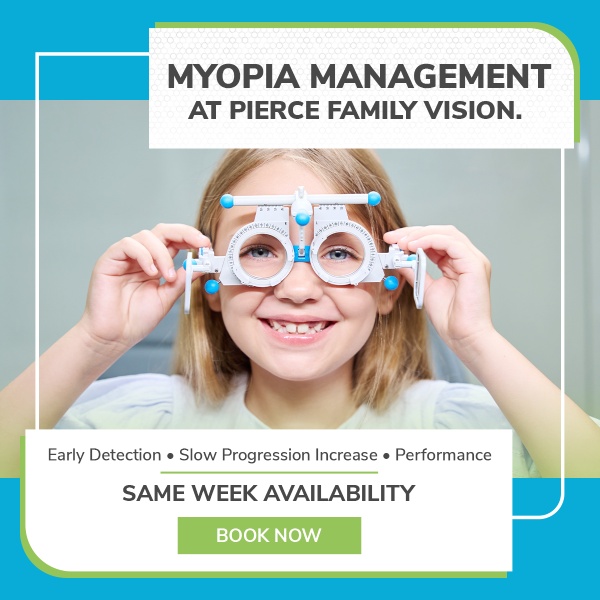What exactly is astigmatism? Sometimes your optometrist may mention this term, but not many people can remember exactly what it is. In general, astigmatism is a term used to describe a specific type of refractive error (also known as your glasses prescription). Astigmatism can cause your vision to be blurry, but that’s not all it can do! When astigmatism is low it may simply cause headaches or eye strain without much blurriness. When you come in for an eye exam, your optometrist will check for astigmatism and potentially help you not only see better but feel better too.
The way I usually describe astigmatism to patients is with the football analogy, which isn’t 100% accurate in terms of the actual structure of the eye, but adequately explains how the direction of light changes when it enters your eye when astigmatism is present. If you look at a football, you’ll notice that the long edge of the ball has a different curve than the short edge. If we were to imagine light going through a clear football now, it would behave differently when going through the long side versus the short side. Light is bent when it passes through a particular material with a curvature to it. If the curvature changes then the way the light is bent will also change. This essentially the basis of what astigmatism is and it can be created by either the cornea, the crystalline lens or both! Ask your optometrist about what the cornea and the crystalline lens are and what you can do to keep them healthy.
When light enters your eye it needs to be focussed on the retina (the material that lines the back of your eye and creates the images that you see). If the light is somewhere other than the retina, it makes your vision blurry. Astigmatism actually creates two points of points of focus instead of just one (the two curvatures are responsible for this), making the blur that it creates unique. When astigmatism is high enough it can cause similar issues to uncorrected refractive error with blurry vision at either distance or near. But sometimes if the astigmatism is low enough you may only experience specific difficulties such as difficulty differentiating between letters, shadowing under letters or mild distortion of letters when trying to read.
Astigmatism is generally part of a glasses prescription and most of us have some small degree of it. It’s rarely part of a disease process, so there’s no need to be overly concerned if you are given the diagnosis. It can be easily corrected with spectacles and even special contact lenses called toric lenses. Ask your optometrist if you have astigmatism and what you can do to potentially see more clearly than you ever have before



